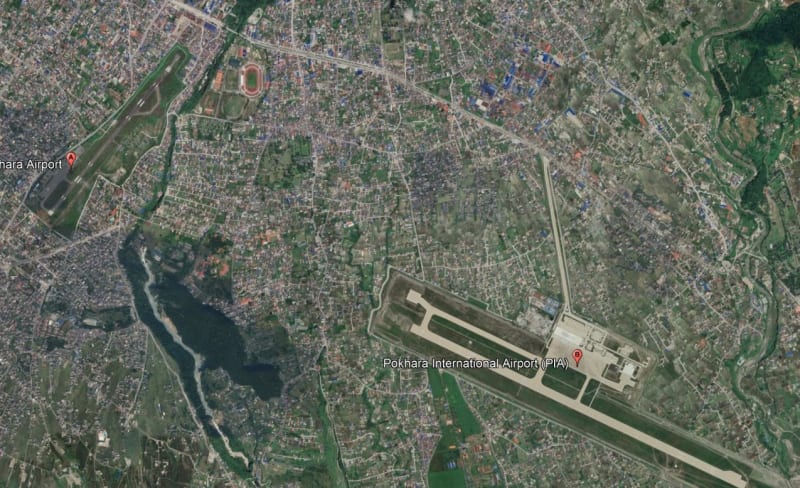LittleInch
Petroleum
- Mar 27, 2013
- 22,440
Air crash in Nepal.
A bit down this link is a few seconds showing a severe wing dip and from eye witnesses the plane rolled.
Doesn't seem to have a lot of flap on and apprentice the co pilot only had 100 hrs.
New airport.
Remember - More details = better answers
Also: If you get a response it's polite to respond to it.
A bit down this link is a few seconds showing a severe wing dip and from eye witnesses the plane rolled.
Doesn't seem to have a lot of flap on and apprentice the co pilot only had 100 hrs.
New airport.
Remember - More details = better answers
Also: If you get a response it's polite to respond to it.

